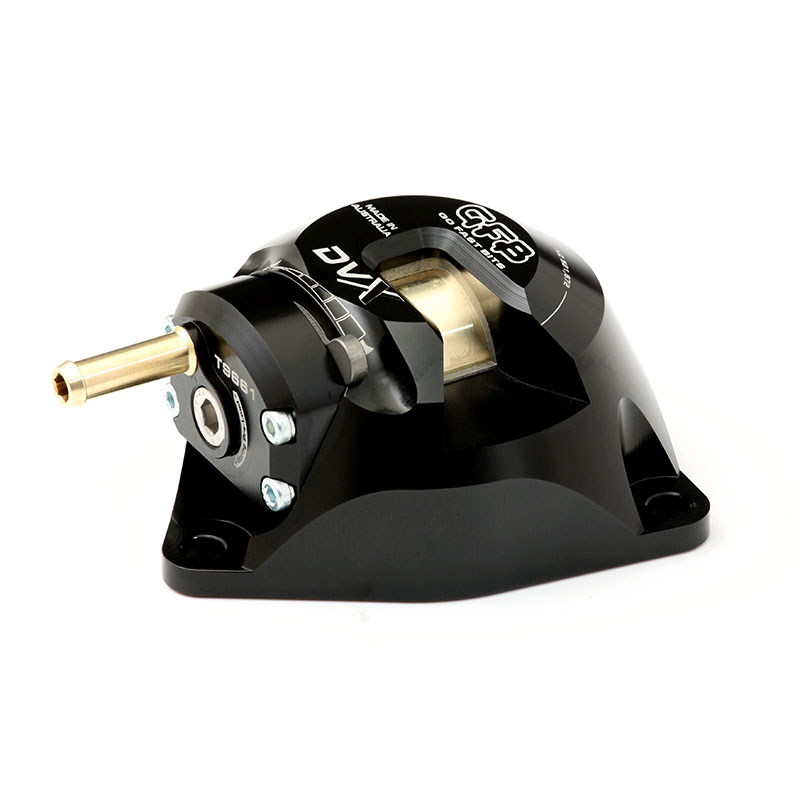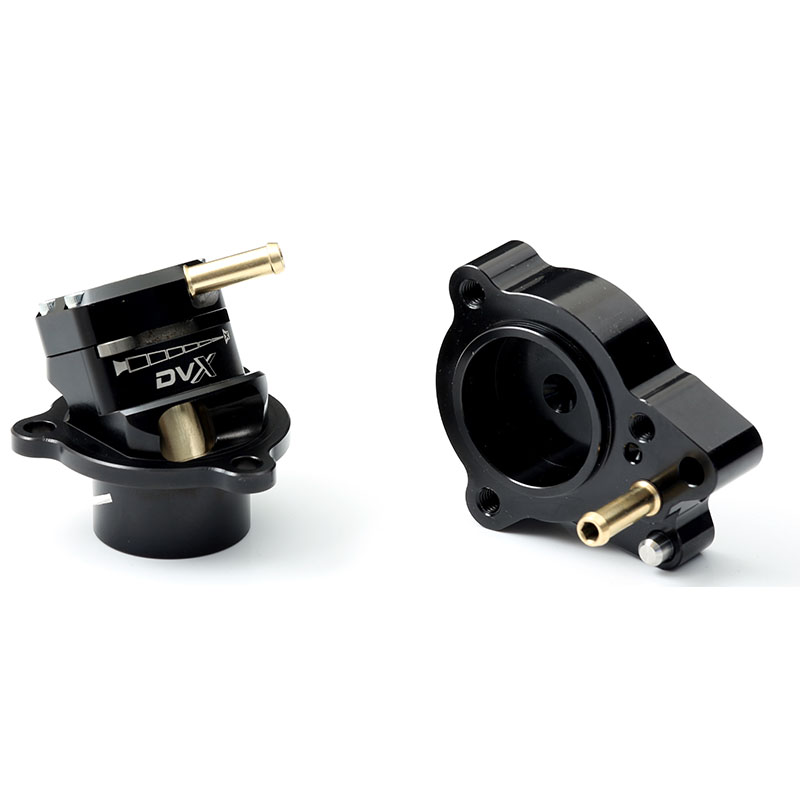A blow-off valve is an air pressure bypass valve that is placed between the turbo compressor and the throttle.
When your turbocharged car is on boost, the entire intake system is filled with pressurised air; from the turbo compressor, through the throttle body and inlet manifold and into the combustion chambers. When the throttle is closed, this pressured air can no longer enter the engine. The only path available for the air is to try to flow back the way it came, through the turbo compressor the wrong way. This creates a fluttering noise on the blades of the still-spinning turbo compressor.
In addition to making this fluttering noise, a noise that is probably unwanted in a nice new turbo car (though actually extremely popular amongst modified-car enthusiasts!) it is often claimed that the load placed on the turbocharger from this pressurised air flowing through it the wrong way can cause premature wear or damage. The jury is still out on this, as it’s quite difficult to directly attribute a turbo failure to not having a blow-off valve fitted. For that matter, we are yet to see a spectacularly damaged turbo from a street-driven car; they usually just plain wear out.
There are many other reasons car manufacturers fit blow-off valves to their cars, mainly to do with emissions, fuel economy and drivability. In aftermarket applications though, the main reasons for fitting a BOV are to hold higher-than-standard boost levels, to give better throttle response (than a factory BOV) by staying closed whenever it’s not venting, and of course to make noise!
A blow-off valve (also called a compressor bypass valve or diverter valve) is a valve, generally a piston type, which is placed between the turbo compressor and the throttle to bypass the pressurised air on a closed throttle, either plumbing it back into the turbo inlet for silent operation, or to the atmosphere to make the signature blow-off valve whoosh.




